Around the College
Forensic Science
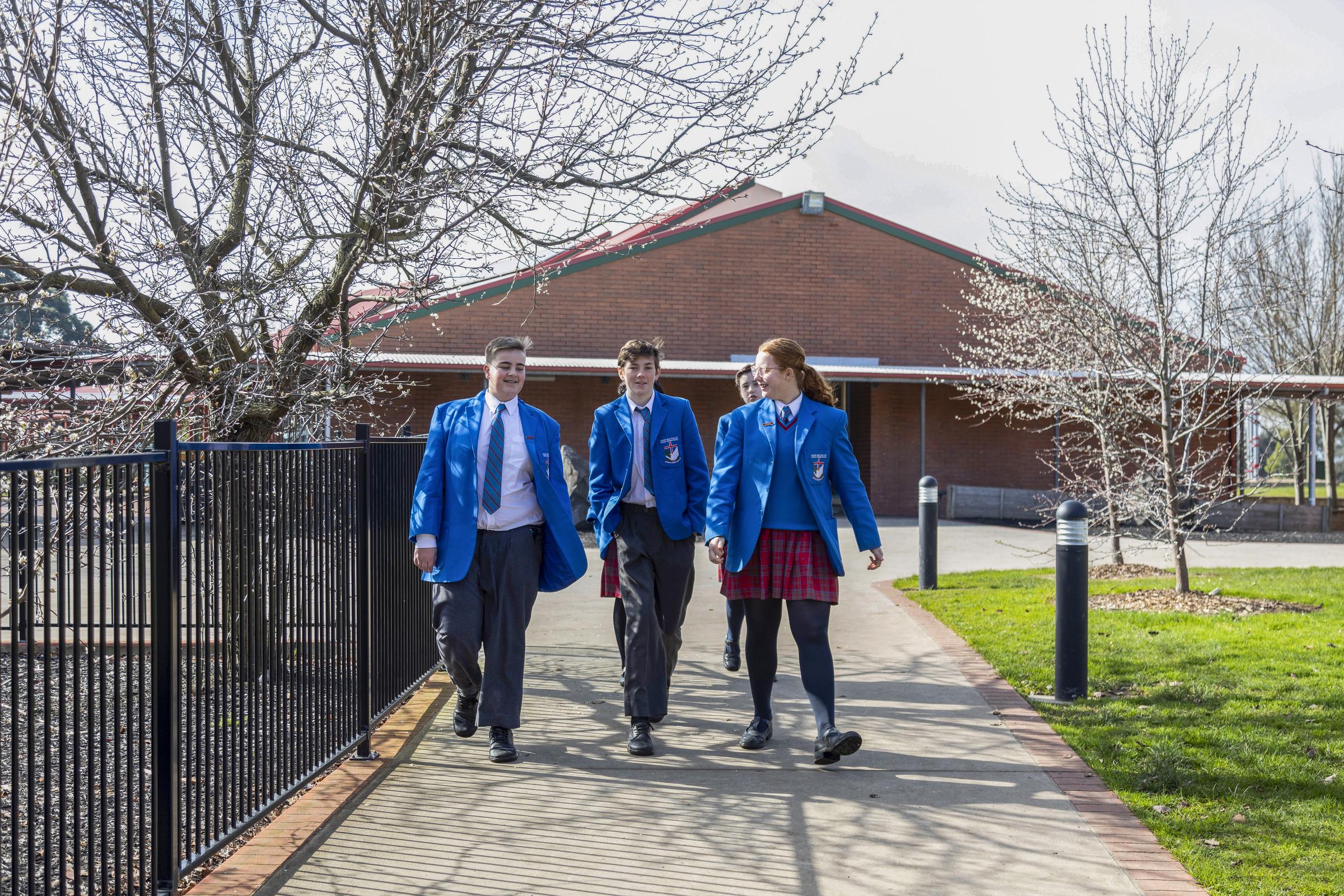
Around the College
Forensic Science
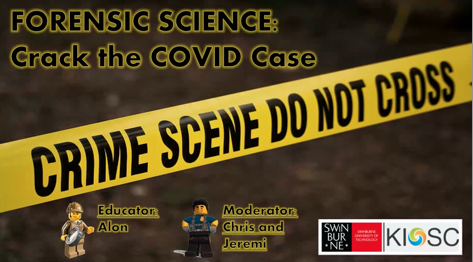

Introduction:
The COVID 19 vaccine has been stolen from the K.I.L.L.E.R Lab. Can you use your analytical skills to solve this case?
Solving crime is an important element in our society. Police and other law enforcement agencies now have many technologies at hand in order to solve crime using scientific methods and techniques.
Lab Operations: Analytical Services
What is it like to actually work in a Lab? Hear a real Forensic Scientist speak about their role and how being observant is the key to solving a crime. Students are then able to interact in the Lab and analyse evidence from the crime. Students take on the role as a Forensic Scientist analysing evidence using; soil analysis techniques and chromatography.
Lab Operations: Biometrics
Learn more about Forensic Science while processing the Biometric Lab. Students take on the role as a Forensic Scientist analysing evidence, such as: Fingerprinting, Shoe Prints, Polygraph Analysis, Blood Typing Analysis and DNA profiling. Have they found the thief yet ??
Field Operations and Information Services
Students process suspect interviews, alibis and develop timelines. They learn how to collate evidence and work out the means, motive and opportunity of the case.
The Year 9 cohort have been studying Forensic Science during the final weeks of remote learning, Term 3. This unit is often a favourite in Year 9, and despite being unable to conduct our typical forensic projects at school in the laboratories, we have been fortunate to enrol in an online forensics program, provided by Swinburne University: KIOSC which is called: Forensic Science: Crack the COVID Case. Students were introduced to the project and how to use the online learning platform Canvas via live video conference on Monday 7th September.
During the conference, educator Alon discussed careers and education required in forensics and some strategies for effective detective work during their projects. Students were introduced to the storyboard and timeline methods of organising information to use throughout their online activities over the week.
Online activities related to 3 divisions of forensics: analytical services, biometrics and field operations/information services were conducted which included watching videos, reading and analysing information, completing quizzes and virtual experiments. Through these online activities, students gathered their evidence and tried to deduce ‘who did it?’ ready for the final Reveal on Wednesday 16th September.
During the Big Reveal, educators from Swinburne Uni explored each suspect’s motive, means and opportunity, relating it to the evidence analysed by the students. This helped all students to recognise how and why a particular suspect was guilty. (Name withheld, awaiting trial.)
Congratulations to all students, teachers and families who participated and appreciated the significant contributions science provides in solving crimes.
Mrs Malloy
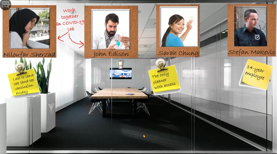
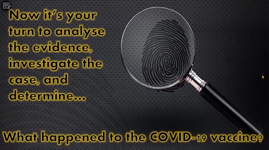
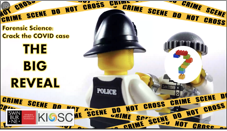





Click View
In Term 4, we’re running a competition for Secondary School student inventors, in conjunction with the producers of Aussie Inventions That Changed the World. With an expert panel of judges, featuring inventor Sally Dominguez, tech entrepreneur Evan Clark, and physicist Niraj Lal, students will submit their invention concept in a short video with supporting documents via the ClickView website. Students can enter individually, as a group, or as a class, and like the series, we’ll be looking for inventions that solve a problem! There’s two categories: Years 7 to 9, and Years 10 to 12. The competition runs in Term 4 and entries will close on 17 December 2020. The winning students will receive mentoring sessions and guidance from our expert judging panel to turn their inventions into a reality. There will be more information to follow.
The ClickView Team